One of the photos from my project on saucer magnolias was chosen for the first juried exhibition by the Perry County Council of the Arts. A 12x18 print of #saucermagnoliaproject239 (one of the first I've printed and framed myself) will be on display at the Landis House in Newport from October 9, 2015, to January 22, 2016.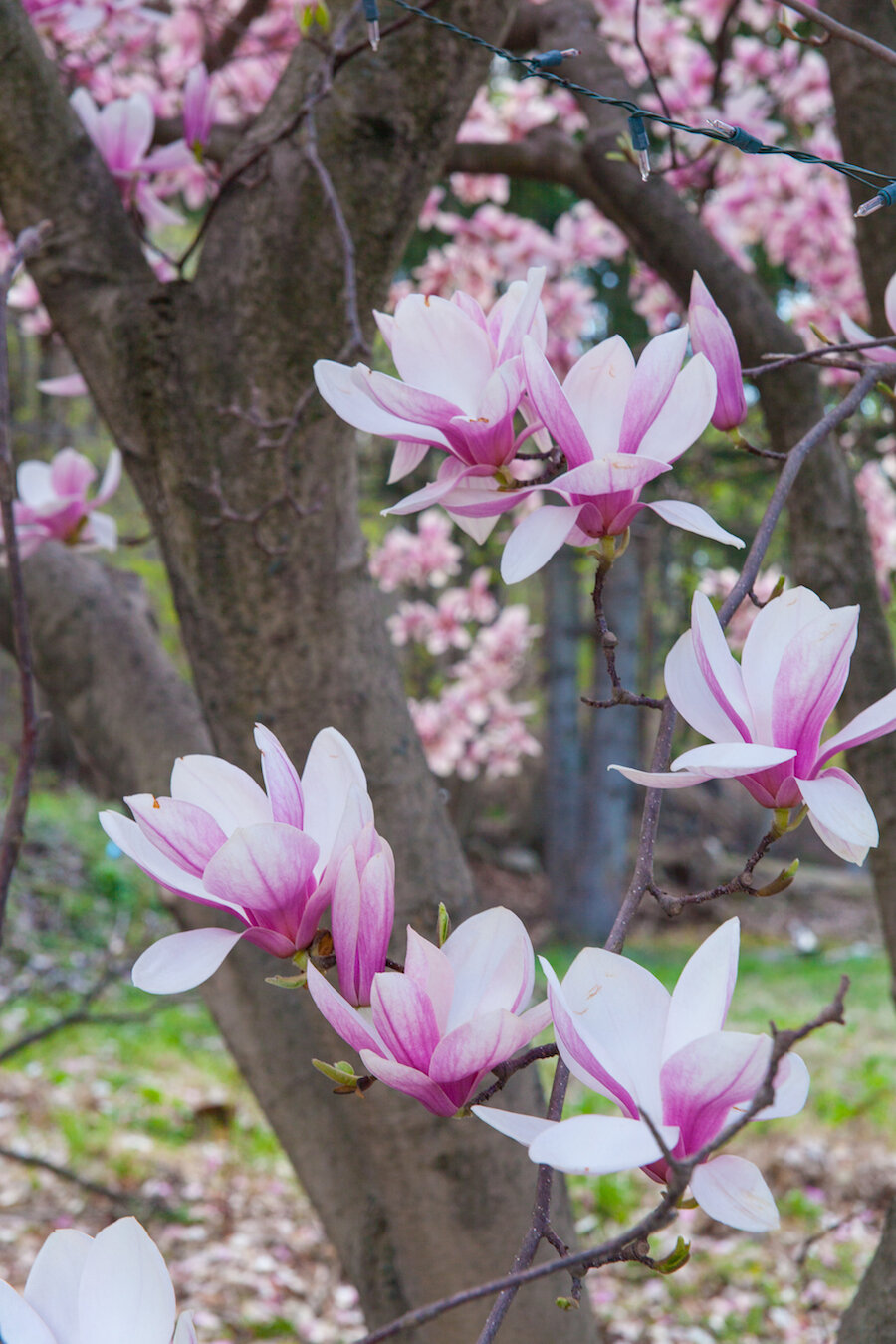
#saucermagnoliaproject - the whole picture
(Pardon the pun.)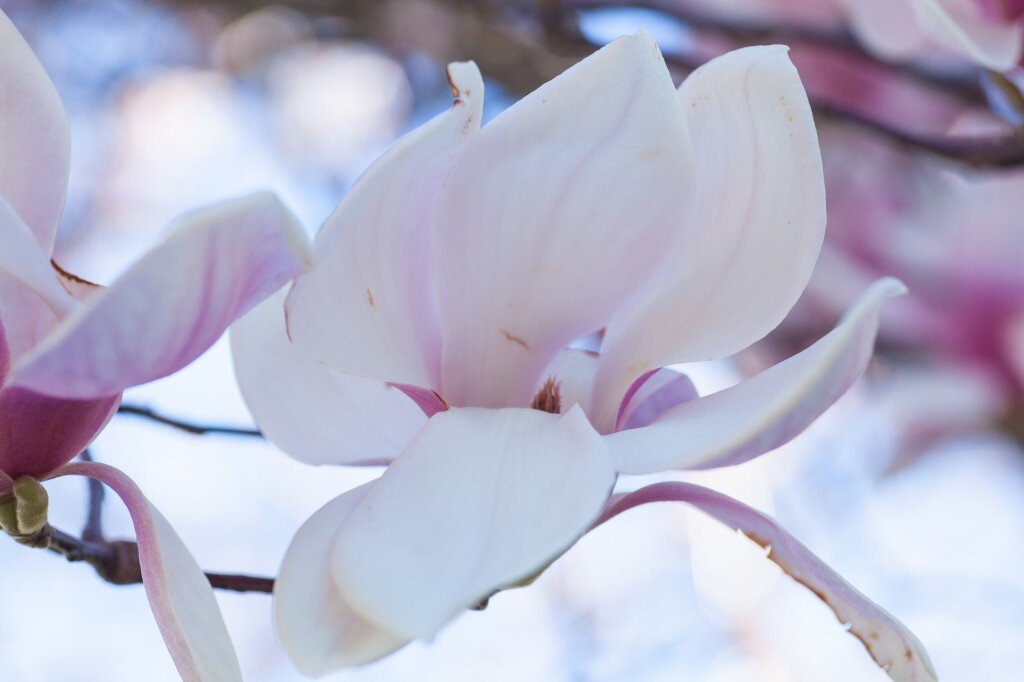 You can see the entire collection of photos in the Saucer Magnolia Project gallery.It's been a long time since I've taken on such a large photo project (that didn't involve portraits). It was a great opportunity to involve several of the tools I have at my disposal:
You can see the entire collection of photos in the Saucer Magnolia Project gallery.It's been a long time since I've taken on such a large photo project (that didn't involve portraits). It was a great opportunity to involve several of the tools I have at my disposal:
Sometimes using such applications feels or appears forced, but in this case each offered a different perspective on the subject. I hope you enjoyed it.
#saucermagnoliaproject - the camera you have with you
Chase Jarvis famously defined the best camera as the one you have with you. That definition proved true for me the morning after I took most of the photos in this series of posts. After parking for church, I discovered a saucer magnolia that I had not noticed before. Having no other camera with me, I snapped some photos with my iPhone.The advantages of smartphone photography are attractive. You almost always have a good-quality camera with you, and the editing and sharing tools are built in! The combination I use is Camera Awesome for photographing, Snapseed for editing, and Instagram for sharing.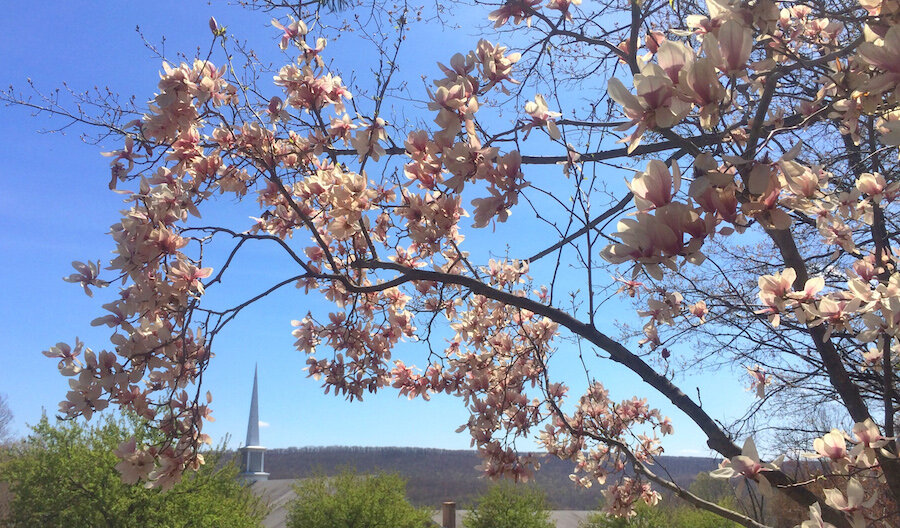
#saucermagnoliaproject - High Dynamic Range
High Dynamic Range pictures are combinations of frames taken at different exposure settings. Software is used to choose the portions of each exposure that provide the most detail. I use my camera's bracketing option to take the three frames (one at standard exposure, one at two f-stops below that, and one at two f-stops above the first). Then I use Photomatix Pro to combine the frames and yield the final result.
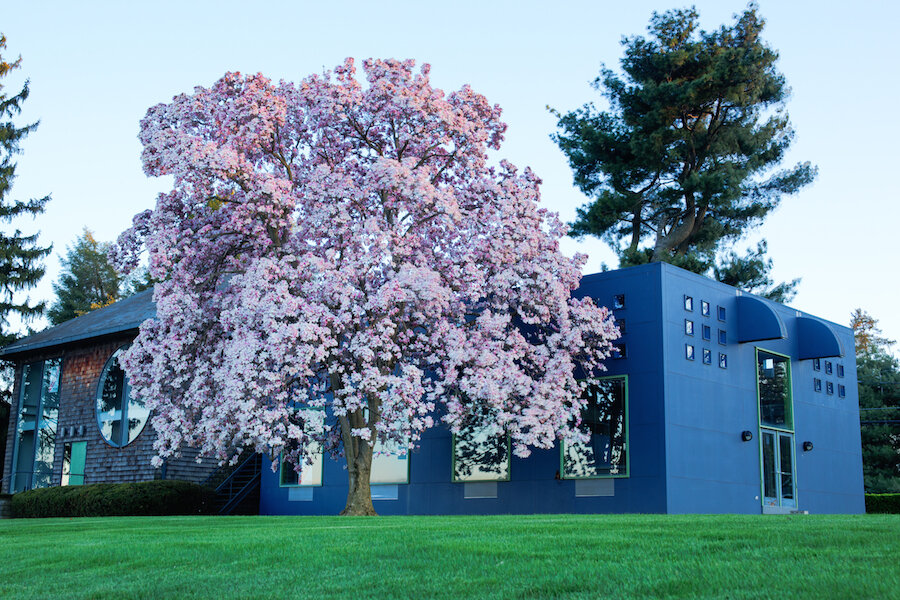
#saucermagnoliaproject - LensBaby
The LensBaby is a lens that requires manual focus and manual manipulation of its angle and aperture. You place a disk into the lens to determines the f-stop (aperture), angle the lens to determine the focus point, and then focus using the focus ring. This creates a nice bokeh effect in the image, with much of the frame out of focus, so the viewer naturally gravitates to the subject.Some would argue that the same effect can be gained using software, but the LensBaby is fun and has its place.
#saucermagnoliaproject - macro lens work
I wrote a few years ago about shooting close up with a macro lens. I used the same lens to capture some detail on the saucer magnolias and their bloom petals.We planted a saucer magnolia ourselves this year. One of the blooms appears in this gallery. Sadly, the tree did not survive the summer.
#saucermagnoliaproject - wide angle
One of the lenses I used for the #saucermagnoliaproject was a wide angle, which I needed to capture the entirety of the saucer magnolia in Prairie Heights Cemetery. The Tokina 12-24mm wide angle zoom lens is no longer available, but there are alternatives.Wide angle lenses offer a unique perspective, and every mm counts when you're working below 16. They're especially handy when you're in the city and can't put much distance between you and the buildings you're shooting.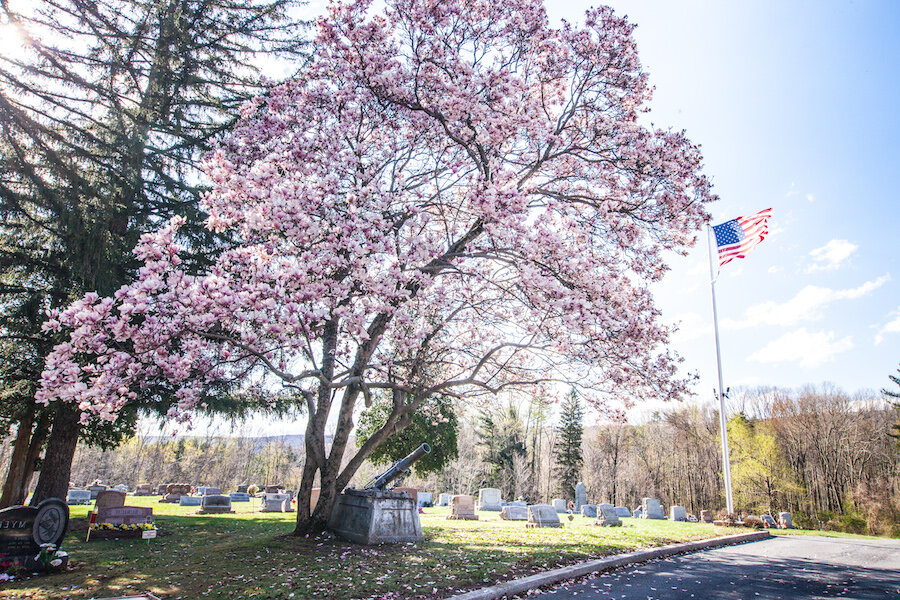
#saucermagnoliaproject - perspective
Ever since I moved to Pennsylvania, I've been enamored with the saucer magnolia trees (Latin name Magnolia x soulangiana) that blossom each April. This year, I indulged my love of those trees and photography and created what I call the Saucer Magnolia Project.I located several saucer magnolia trees in the tri-county area (Perry - Cumberland - Dauphin) where I reside, and kept an eye on some particularly interesting ones so I could catch their blossoms when they peaked.When those days came, I set out with a full arsenal of tools (Canon 5D, tripod, and several lenses) to capture them from different perspectives. This encouraged me to become familiar with the trees from a variety of angles, and to capture them in a way that allows the viewer to come away with an appreciation and familiarity of the subject that a single lens might not allow.In this series of posts, I'll share photos taken with a few different lenses and techniques. I'll begin with some taken with a Sigma 28-70mm zoom lens.
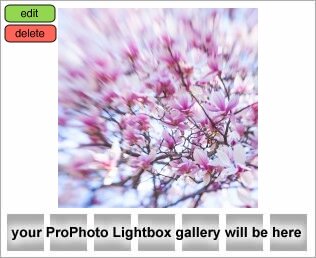
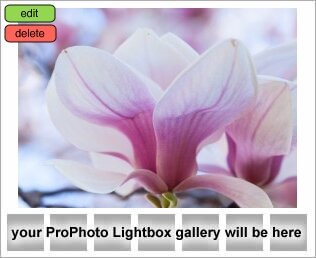 We planted a saucer magnolia ourselves this year. One of the blooms appears in this gallery. Sadly, the tree did not survive the summer.
We planted a saucer magnolia ourselves this year. One of the blooms appears in this gallery. Sadly, the tree did not survive the summer.
